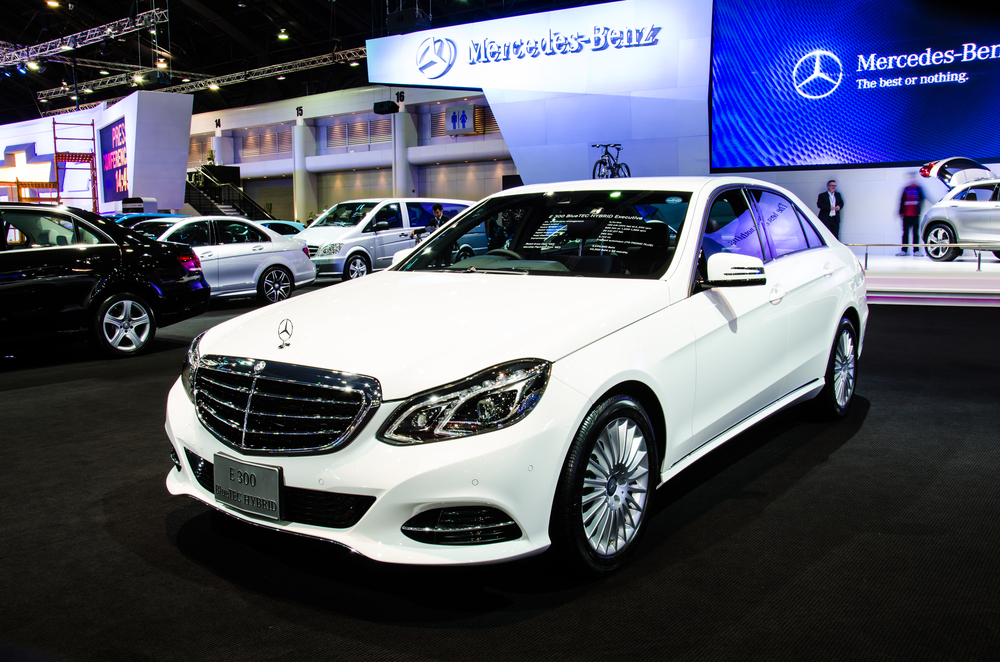Concept cars often resemble an engineer’s most incredible daydreams – the end results are mind-blowing, dazzling, and completely unrealistic for everyday use. Although these cars seldom make it to the market for ordinary shoppers, they can still spark the development of innovative technology that can be used in more practical vehicles. New technology is crucial for the development of hybrid cars. More consumers are purchasing hybrid vehicles now that such a wide range of models are available. Options are no longer limited to tiny “clown cars” – consumers can now choose a hybrid option in nearly any size they please, including an SUV. Developing new ways to power these vehicles is essential, and Mercedes is leading the way. Their latest concept vehicle, the Vision G-Code, is an innovative masterpiece.
An article in ExtremeTech outlines the Vision G-Code’s revolutionary design. The car is blanketed in multi-voltaic paint that actually generates fuel from the wind and sun. Although it may seem unbelievable, hydrogen fuel is created by combining thin-film solar technology with wind power. The super-charged hydrogen combustion engine powers the front wheels of the vehicle, burning an energy-efficient fuel that produces only water as an emission. A conventional electric motor powers the vehicle’s back wheels.
The traditional method of generating power from wind resistance wouldn’t work well for vehicles. After all, you wouldn’t want anything on your vehicle creating resistance to wind – that would kill your gas mileage and make for a choppy ride. The engineering geniuses at Mercedes thought outside the box and found a way to apply this kind of energy generation to the vehicle without actual resistance while driving. The movement of the wind over the stationary vehicle creates a charge used for hydrogen production – a process referred to as “electrostatic wind generation.” In theory, when the Vision G-Code is stopped at a red light, the wind creates hydrogen to assist the rear-wheel batteries while the paint job absorbs solar energy for further power generation.
The necessity of the electric engine makes it clear that harnessing enough hydrogen to power the entire vehicle is still not possible. However, the electric and hydrogen engines work in harmony to create a more energy-efficient product. There are still no figures to show exactly how much fuel is produced by the multi-voltaic paint, and research needs to be done regarding its cost and durability. Even if the paint could cut electricity use by 10% per month, it would offer a reasonable ROI. As the article points out, it’s unlikely that the Vision G-Code will lead to extensive green energy-generation technology – but it could at least pave the way toward innovative energy-saving technology.


Recent Comments